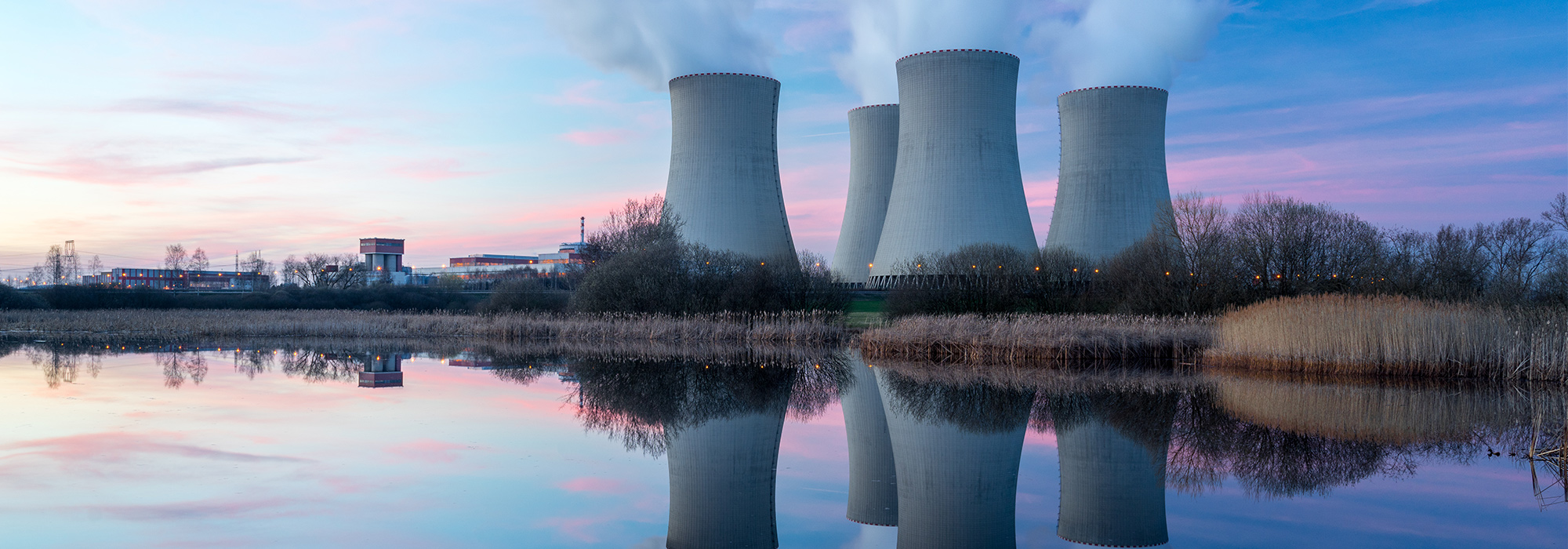
Consider three seemingly separate Canadian policy problems. First, the troubles at BlackBerry delivered another blow to the global reputation of Canadian high-tech, leaving a country that depends on international trade to fall back on natural resources like energy and forestry for the majority of its exports. Second, remote communities in the North and other parts of the country, many of them home to Aboriginal people, find it difficult and expensive to get fresh food, clean water and cheap, reliable power. And third, Canada routinely wins “dinosaur” awards from climate change activists for environmental policies that have delivered underwhelming progress toward reducing fossil fuel consumption.
What if there was a technology that could kill these three problematic policy birds with one stone?
There could be an answer in an unexpected place. The nuclear industry is on the cusp of a revolution that will change the basic technology at its core. There are innovations such as using molten salt instead of solid uranium as a fuel in traditional nuclear energy production, and still-to-be-proven fusion reactors.
What differentiates these next-generation reactors is that they are built on a far smaller scale than the massive designs that currently dominate the industry. The shift has the potential to provide clean power to remote communities (many of which currently must fly in dirty diesel in bulk at huge expense) and open new markets for nuclear power at home and overseas using technologies developed in Canada. That’s what recently led Bob Walker, president of Atomic Energy of Canada Ltd. and its new restructured entity Canadian Nuclear Laboratories, to ask whether small modular reactors might be the new Canadian big idea.
Much of the hope for this new generation of reactors lies in older technologies. After the Second World War there was feverish dedication in the scientific and engineering communities to find ways to use the tremendous amount of energy stored in atoms that could now be split to produce useful power. Many incredibly innovative concepts were developed that used an amazing array of fuels, and there were out-of-the-box ideas for removing the heat generated in reactors and turning it into power.
Over time, the commercial nuclear industry selected uranium-filled rods and (largely) water-based cooling systems. The trend was toward ever-larger plants to deliver cheap baseload electricity into large, sophisticated grids. That meant nuclear power remained in the domain of countries that sat at the top of the technology table, and that were rich enough to make the capital investment in nuclear plants. Canada—mainly Ontario—was one of those countries. It contributed the pressurized-heavy-water reactor, known as CANDU (Canadian deuterium uranium), a design that now makes up 10 percent of the world’s installed nuclear capacity. It competed with other designs, mostly arising from the large US program, such as the pressurized-water reactors and boiling-water reactors, heavily promoted by the likes of Westinghouse, GE and France’s state-owned AREVA.
But late in the 1990s, as the challenges of climate change started to cause real concern, forward-looking nuclear innovators began to think about how their industry could play a bigger role in reducing carbon emissions. The conventional industry’s big players enjoyed a major injection of new interest, with growing economies like China and India commissioning dozens of latest-generation large-scale reactors. But these gigawatt plants are only part of the solution, because most of the world’s electricity demand is in regions that could not sustain—and do not need—the quantity of power these units produce.
This is the challenge our nuclear visionaries had spotted: developing small-scale reactors that could be built in factories and installed where people need affordable, clean energy to lift them out of poverty. The market is not only remote communities such as those in Canada’s North, but also developing nations that need the benefits of energy without the social and health costs of burning carbon.
By repurposing proven concepts from the past, reengineering proven designs and in some cases coming up with something completely new, the industry is developing reactors that will provide reliable power, heat and water purification, all with new safety systems that allow them to shut down safely without the need for human intervention. And much of that activity is taking place in Canada: from Terrestrial’s molten-salt reactor to General Fusion’s small fusion reactor and Northern Nuclear Industries’ lead-cooled LEADIR-PS reactor. Other companies are looking to Canada as a possible place to establish themselves. Starcore, for example, with its TRISO-fuelled, helium-cooled reactor, has already registered a company in Canada.
If licensed, any one of these technologies could resolve the challenges of Canada’s stressed remote communities, leading to the successful exporting of technology that helps reduce greenhouse gas production. It would be an offset to the carbon produced out of the oil sands, and it would be goodbye to the dinosaur label.
So why is it not happening, and what could the federal government do? In the past, the industry likely would have asked for public subsidies. It is very expensive to complete a nuclear design and take it through the licensing process. And it is very expensive to set up a dedicated nuclear factory. But these companies are run by entrepreneurs. They don’t want subsidies, they want orders.
The Catch-22 for any new technology is that customers are reluctant to place orders until they see the investor backing needed to see the project to completion, while investors do not want to commit until they see orders. What, then, if the government ran a competition to purchase a fleet of units for installation in stressed communities, thereby giving at least one of these companies the order book they need to secure investor funding?
As a policy initiative, this would address a major social and economic need. It would require no early funding. Depending on how it is structured, it could even mean the government has no upfront costs until the power is delivered, though the best arrangement would be a staged payment scheme matched to achieving critical milestones.
It is, indeed, a big idea that could resolve one of Canada’s biggest social problems and reestablish Canada as a green nation, while creating significant export opportunities for a high-added-value product—and all in a relatively small package!
Photo: Shutterstock







